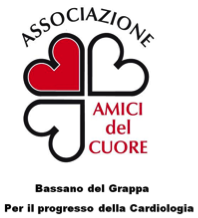GIUSEPPE BERTON, TIZIANA CITRO, ROCCO CORDIANO, ROSA PALMIERI, RENZO DE TONI, FRANCESCO CUCCHINI, PAOLO PALATINI
AIM OF THE STUDY. To evaluate the profile of albumin excretion rate (AER) in the first days of acute myocardial infarction (AMI), its relationship with serum enzymes and the presence of heart failure, and the effect of thrombolytic therapy.
METHODS. Two hundred and thirtyone consecutive patients admitted to coronary care unit for suspected AMI were examined. Patients with diabetes mellitus, urinary tract infections or proteinuric diseases were excluded. In 135 patients (95 males, 40 females) AMI diagnosis was confirmed. The remaining 96 (56 males, 40 females) were considered as controls. AER was measured by radioimmunoassay in 24-hour urine samples at the first, third and seventh day after admission and expressed as mg/24h. Statistical analysis was performed after AER logarithmic transformation using repeated measure ANOVA.
RESULTS. Mean age was 66.9+12.2 years (range =35 -91) in the AMI group and 63.2+12.3 years (range = 33-91) in the controls (p= 0.023) Age-adjusted blood pressure was lower in the AMI group than in the controls (p<0.0001 for both systolic and diastolic), while no difference was found in heart rate. Plasma cholesterol, triglycerides, creatinine and uric acid were similar in the 2 groups. Mean AER was 43.4+ 64.8, 26.9+51.2 and 23.9+52.7 mg/24h at ist, 3rd and 7th day respectively in the AMI group and 24.9 +58.2, 13.7+ 25.8 and 17.9+ 44.1 mg/24h respectively in the controls (p= 0.014). In the AMI group, first day AER significantly and positively correlated with CPK (r=0.287, p=0.001), CPK-MB (r=0.239, p=0.007) and GOT (r= 0.300, p= 0.001). Within the patients with AMI, those who developed heart failure {n= 57), had higher AER (48.6 + 68.4, 29.7 +54.9 and 28.1 +55.8 mg/24h at 1st, 3rd and 7th day in patients with mild heart failure -2nd Killip Class- and 100.0+141.7, 50.3 + 66.4 and 64.2 + 74.4 mg/24h in those with severe heart failure -3rd and 4th Killip Class-) than those who did not (31.0+41.7, 19.6+45.6 and 16.5+45.7 mg/24h respectively) (p= 0.004). In a multiple linear regression model AER was significantly related to peak values of GOT (1st day) and CPK (3rd day) and to presence of heart failure (3rd and 7th day). Thrombolitic therapy (n= 48) did not influence AER.
CONCLUSIONS. The results of the present study show that AER increases following AMI, chiefly in the subjects who develop heart failure. AER correlates with serum enzymes peak levels at 1st and 3rd day and with presence of heart failure at 3rd and 7th day after admission, and is not influenced by thrombolitic therapy. These data suggest that in AMI the initial increase in AER is due to the inflammatory process which accompanies cardiac necrosis, while in a later phase its rise is mainly due to the increased intraglomerular capillary pressure consequent to heart failure.
G ItalCardiol, 1995, 25: 999-1009
Keywords Albumin excretion rate, Acute myocardial infarction, Heart failure, Thrombolysis

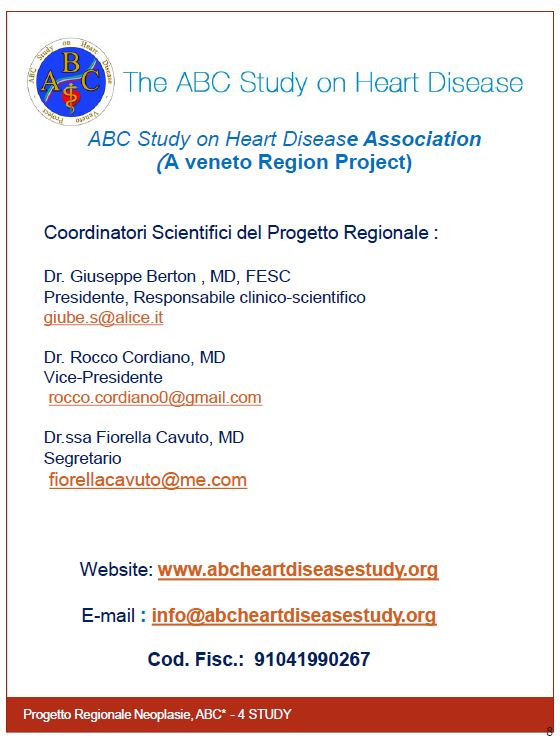
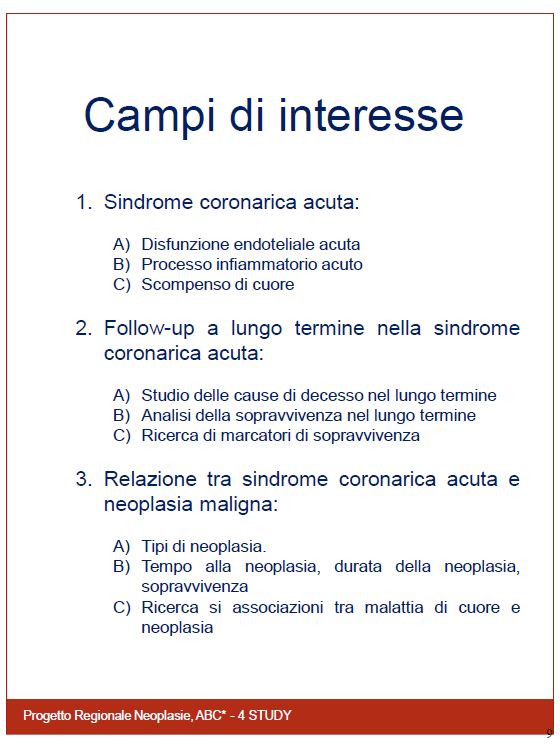
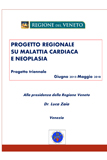

 The ABC in numbers!
The ABC in numbers!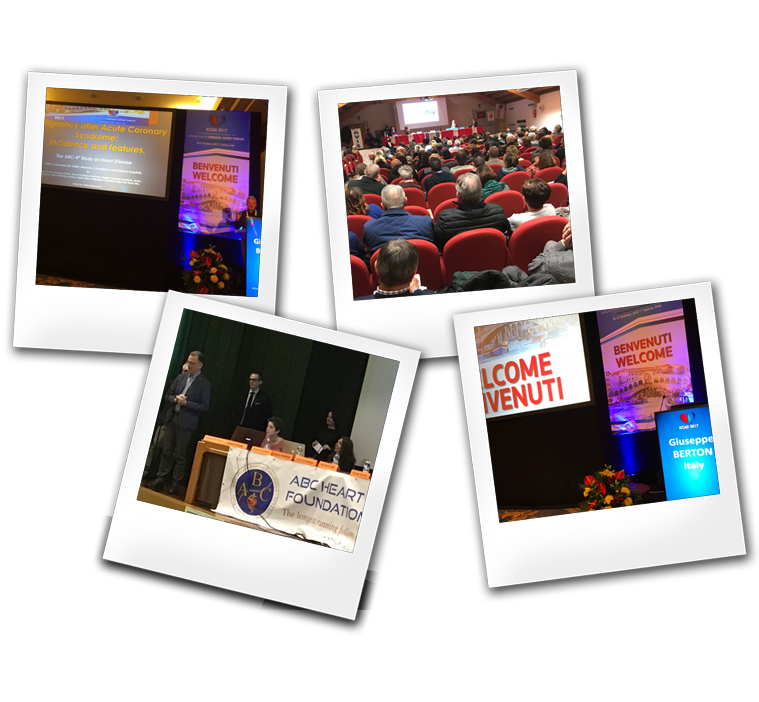 Gallery Fotografica
Gallery Fotografica









